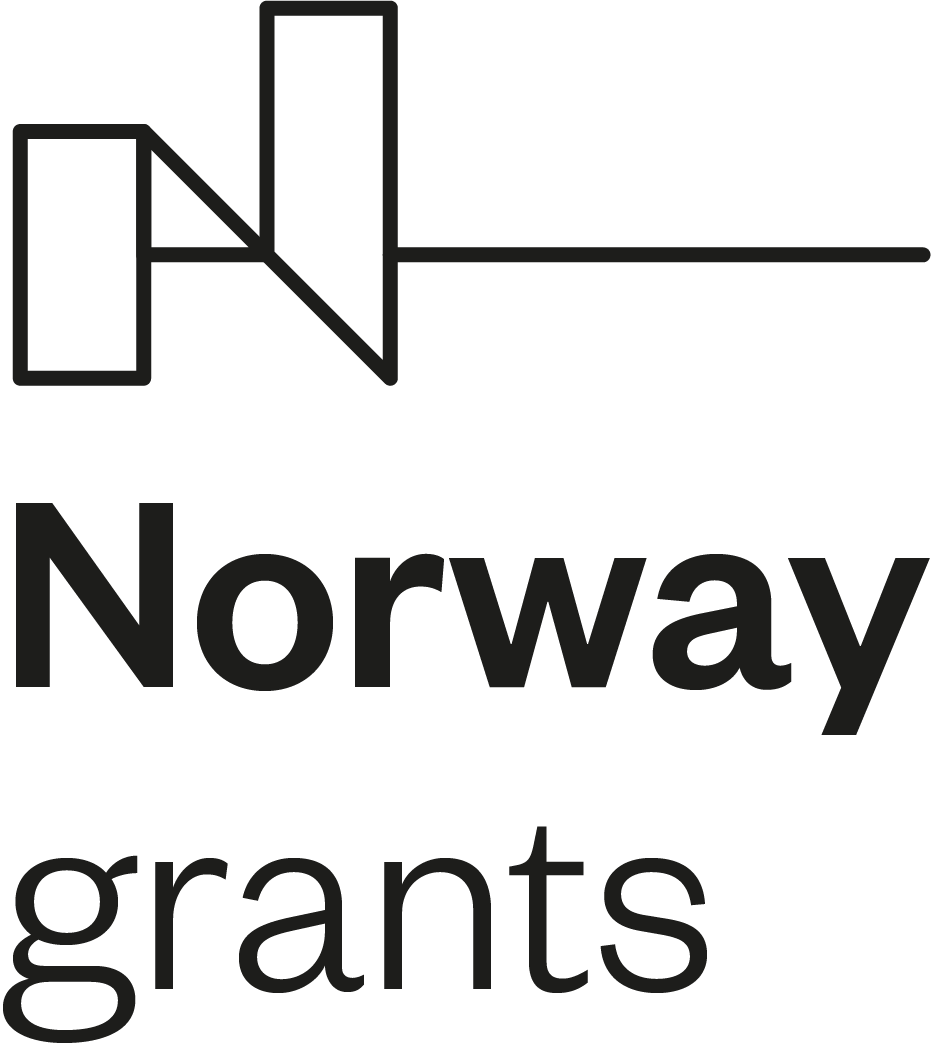Report from a scientific expedition to Northern Kurdistan, part 1
A scientific expedition to Northern Kurdistan, 02 – 12 April 2015
Krzysztof Lalik
Introduction and methodology
Between 02-12 April 2015 a scientific expedition were held in Northern Kurdistan (south-eastern Turkey) in the frame of project Ez mafe xwe dizanim (I Know My Rights) dedicated to analyse and support Kurdish youth rights for education. The scientific team of the expedition consisted of representatives of Kurdish Institute from Brussels, Pro-Humanitate from Germany, Kurdî Der from Turkey and Jagiellonian University from Poland. The Polish comprised of three members: Krzysztof Lalik, PhD student and member of research team of Section of Kurdish Studies of Jagiellonian University, and two JU students from Persian philology: Olga Sewillo and Oskar Podlasinski.
The itinerary of the expedition included visits and meeting in different official state entities and Kurdish NGOs and others based and working in Amed (Diyarbakir), Suruç, Mardin and Midiyat.
Before we draw an image and conclusions from the scientific expedition let us attempt to refer to methodological concept of language status, which can help us to define the status of Kurdish language in Turkey. In this regard it is advisable to allude to the language theory of Joshua Fishman. It was initially articulated in his book entitled ‘Reversing language shift. Theoretical and empirical foundations of assistance to threatened languages’. ‘Reversing language shift’ was a quite seminal issue, suffice to say that previously scientists had been focusing mostly on the process of language shifting and loss of language diversity than its preservation. Fishman argues that ‘Stressing the wrong priorities is a very costly example of lacking a proper social theory or model of what RLS entails (…) The sociolinguistic landscape is littered with the relatively lifeless remains of societally marginalized and exhausted RLS movements that have engaged in struggles on the wrong front (…), without real awareness of what they were doing or of the problems that faced them.’ (Fishman, 1991: 113). He conceived a model for the stabilization and possibly revitalization of endangered languages, which comprises of a few phases: ideological clarification, RLS-measures, working plan and research phase. The last two phases interact closely with Graded Intergenerational Disruption Scale (GIDS), also coined out by Fishman, which appears to be valuable contrivance to both ideological and practical stage of language policy. Any RLS initiative should be determined by the GIDS level of the language, which exhibits a degree of language endangerment ranging from stability to extinction (see Table 1).
Table 1. Joshua Fishman’s Graded Intergenerational Disruption Scale (GIDS)
Stage 1 Some use of Xish in higher level educational, occupational, governmental and media efforts
Stage 2 Xish in lower governmental services and mass media but not in the higher spheres of either
Stage 3 use of Xish in the lower work sphere (outside of the Xish neighborhood/ community) involving interaction between Xen and Ymen
Stage 4 Xish in lower education (types a and b) that meets the requirements of compulsory education laws
Stage 5 Xish literacy in home, school and community, but without taking on extra-communal reinforcement of such literacy
Stage 6 the attainment of intergenerational informal oral language and its demographic concentration and institutional reinforcement
Stage 7 most users of Xish are a socially integrated and ethnolinguistically active population but they are beyond child‐bearing age
Stage 8 most vestigial users of Xish are socially isolated older people and Xish needs to be re‐assembled from their mouths and memories
Xmen refers to member of the language minority, while member of the majority is called Ymen. Respectively Xish means endangered languages, while Yish - dominant languages (Fishman, 1991: 395)
GIDS’s scale envisages that the reversal of language shift can be best achieved by gradual advance whereas it is difficult to vault over to a higher level without contriving to get through a lower level. For example, Fishman maintains that schools can only improve a situation of an endangered language when it is immersed in the language community both among old and young generations. The most prominent phase is stage 6 as it ensures grounds for language revitalisation. Stages 5-8 are thought by Fishman ‘the minimal basis’ for RLS, where the endangered minority language (Xish) prevails in some more traditional domains e.g. communication at home or in religious settings, while the majority language (Yish) controls more modern domains e.g. media or public institutions.
Fishman theory of RLS has recently inspired some scholars to figure out a new model of GIDS for endangered languages as a theory agenda for UNESCO. Paul Lewis, along with a team of language scholars compiled a report advancing a scale of ‘Language Vitality and Endangerment’ (LVE) distinguished by nine factors:
1) intergenerational language transmission;
2) number of speakers;
3) proportion of the total population made up by speakers of the language in question;
4) loss of existing language domains;
5) response to new domains (including media);
6) materials available for purposes of education and literacy;
7) official language attitudes and policies;
8) speakers’ own attitudes to their language;
9) amount and quality of relevant documentation (Minasyan, 2011: 3-4)
The GIDS and LVE scales are introduced as a methodological background for all information about Kurdish language, gathered during the scientific expedition, and thus they can serve us a measuring jug of Kurdish language’s status, vitality and endangerment in Turkey, specially in the final report. Obviously, it wasn’t by accident that most of questions of interviews we have had concerned mostly universality of Kurdish language usage in daily life, at homes (intergenerational transmission) and public places, street and offices as well as availability of its education in schools and universities.



